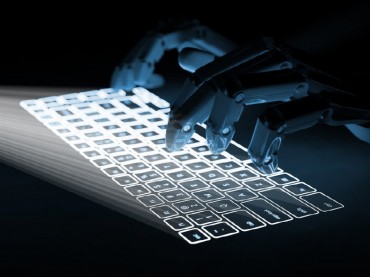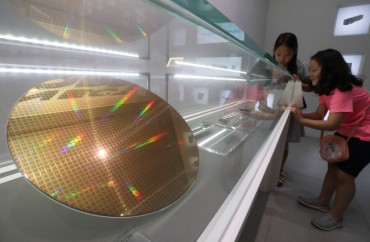
FCA, BCW, RCTA make use of sensors positioned around a car to pick up on people or objects that get too close. If they do, depending on the sensor, the car is either automatically braked or is very carefully maneuvered to evade the obstacle. (Image: Mercedes-Benz Korea)
SEOUL, Jul. 17 (Korea Bizwire) — Falling asleep at the wheel or dealing with cars that suddenly swerve into one’s lane are two dangerous situations that previously relied on the mental fortitude and quick wits of the driver.
Not anymore.
A flurry of R&D by automobile manufactures has made the modern car easier and safer to drive than perhaps any other method of transport in history. Below is a list of some of the technological improvements that have been developed:
• Lane Keeping Aid (LKA)
• Advanced Emergency Braking System (AEBS)
• Front Collision Alert (FCA)
• Back Collision Warning (BCW)
• Rear Cross Traffic Alert (RCTA)
LKA utilizes a camera attached to the windshield that recognizes the traffic lanes ahead. If the car crosses into another lane without the left turn signal being turned on, the sensor triggers a function that eases the car back into the lane by a subtle move of the steering wheel.
FCA, BCW, RCTA make use of sensors positioned around a car to pick up on people or objects that get too close. If they do, depending on the sensor, the car is either automatically braked or is very carefully maneuvered to evade the obstacle.
Commercial vehicles like buses and trucks feature even more advanced technology. Hyundai instituted a braking system that enables large vehicles that have stopped uphill to go forward without rolling backwards.
Future technology in development includes a sensor that can automatically adjust the distance from the car in front. For example, if a car suddenly cuts into the lane, the sensor of the car behind will reduce the speed in order to maintain the correct distance.
Despite their convenience, accessibility to such technology is still hard to come by for many consumers. Most of the features are expensive options, and as such, industry experts say that as things stand, automakers must make some concessions where necessary and the government needs to provide financial assistance so that the majority of vehicles can implement some of the new technology.
By S.B.Woo(editor@koreabizwire.com)






